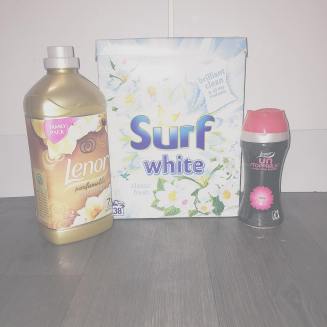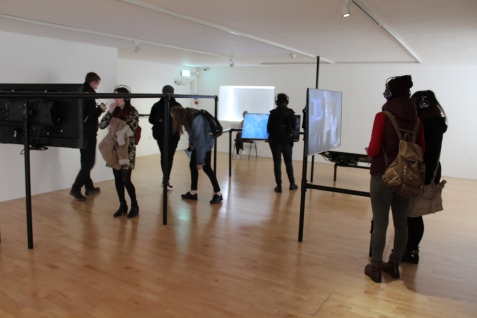 My recent research is forcing me to think a lot about technology and its affects – it’s incredibly interesting, as it’s full of contradictions. On the one hand, technology brings us closer together; we can communicate instantly with anyone on a global scale and expect a reply within hours, if not minutes. We can conduct long distance relationships more easily, with the support of Skype and WhatsApp. We can even call our friend who’s running late to check how much longer they’ll be! Yet, in a sense, we are also distancing ourselves from one another. People can be sat together at dinner in a restaurant, not speaking for some time, but instead with the attention on their phones. The demands of cyberspace, have in some social situations come to outweigh the demands of reality. Our need to document our private lives online, again in some incidents takes precedence over simply enjoying the moment.
My recent research is forcing me to think a lot about technology and its affects – it’s incredibly interesting, as it’s full of contradictions. On the one hand, technology brings us closer together; we can communicate instantly with anyone on a global scale and expect a reply within hours, if not minutes. We can conduct long distance relationships more easily, with the support of Skype and WhatsApp. We can even call our friend who’s running late to check how much longer they’ll be! Yet, in a sense, we are also distancing ourselves from one another. People can be sat together at dinner in a restaurant, not speaking for some time, but instead with the attention on their phones. The demands of cyberspace, have in some social situations come to outweigh the demands of reality. Our need to document our private lives online, again in some incidents takes precedence over simply enjoying the moment.
Considering this in relation to Hannah Arendt’s reflections has been interesting. Her book, The Human Condition, was published in 1958 and reflects on human behaviours throughout Western history. An extract I found particularly poignant:
‘To live an entirely private life means about all to be deprived of things essential to a truly human life: to be deprived of the reality that comes from being seen and heard by others’ p.58

Is our impulse to connect, be seen and heard virtually, simply an expression of our most basic human desire? Throughout Arendt’s discussion, she delves deep into the histories of public and private life; the public and private domain, as well as private ownership and how these entities affect our modes of thought. Through this she asks why ‘it has always been the bodily part of human existence that needed to be hidden in privacy, all things connected with the necessity of the life process itself’? (p.72) Why is it that activities such as breastfeeding one’s child, a vital component to life, are taboo? Is our impulsive need to document life in the digital era simply a component to moving beyond such taboos?
As more and more of our lives are uploaded online, our private spheres are rapidly diminishing. What was historically hidden, chores and hidden labour of the domestic – have now come to light. People proudly wear an apron and washing up gloves as they smile for the camera, the ironing is laid out, washing up bubbles fill our phone screens as we scroll. Is our need to share more than simply a demonstration of production? Are we in fact, embracing life and human instinct; throwing away outdated notions of what is deemed publicly acceptable?
#today’swashingcombo
#windowcleaning
#queenofclean






